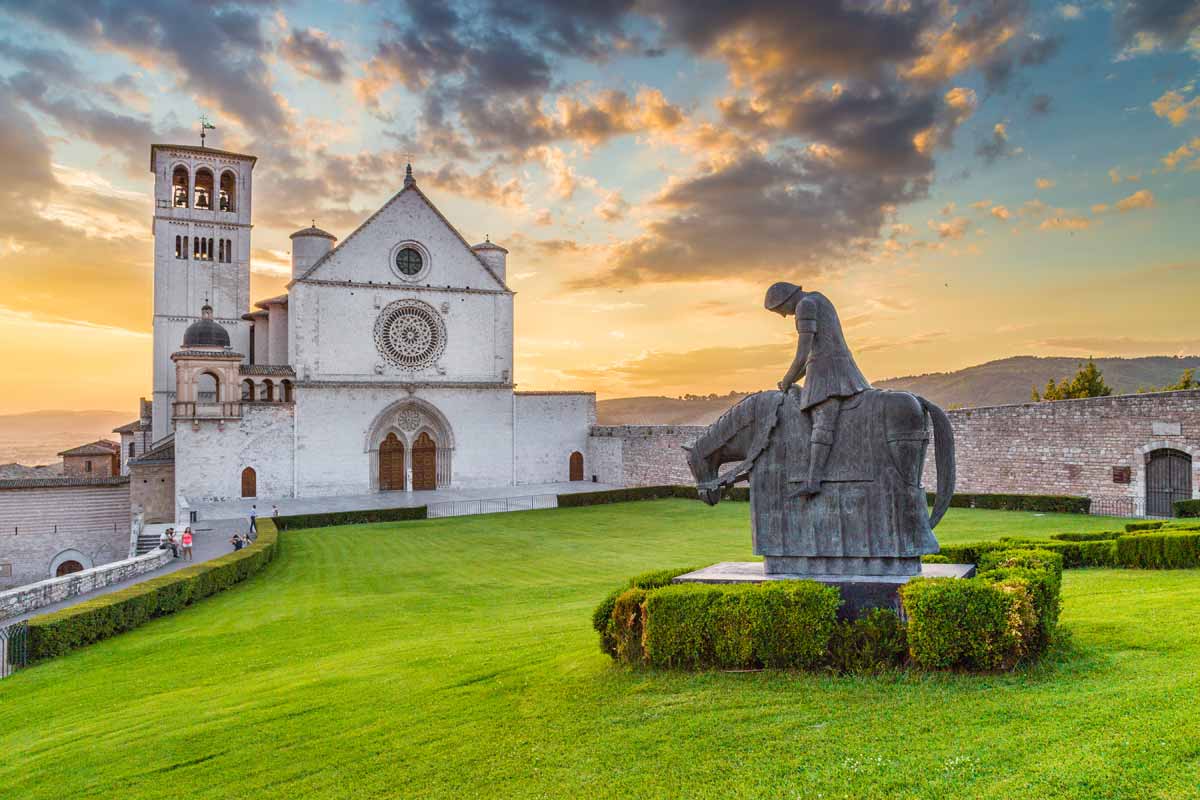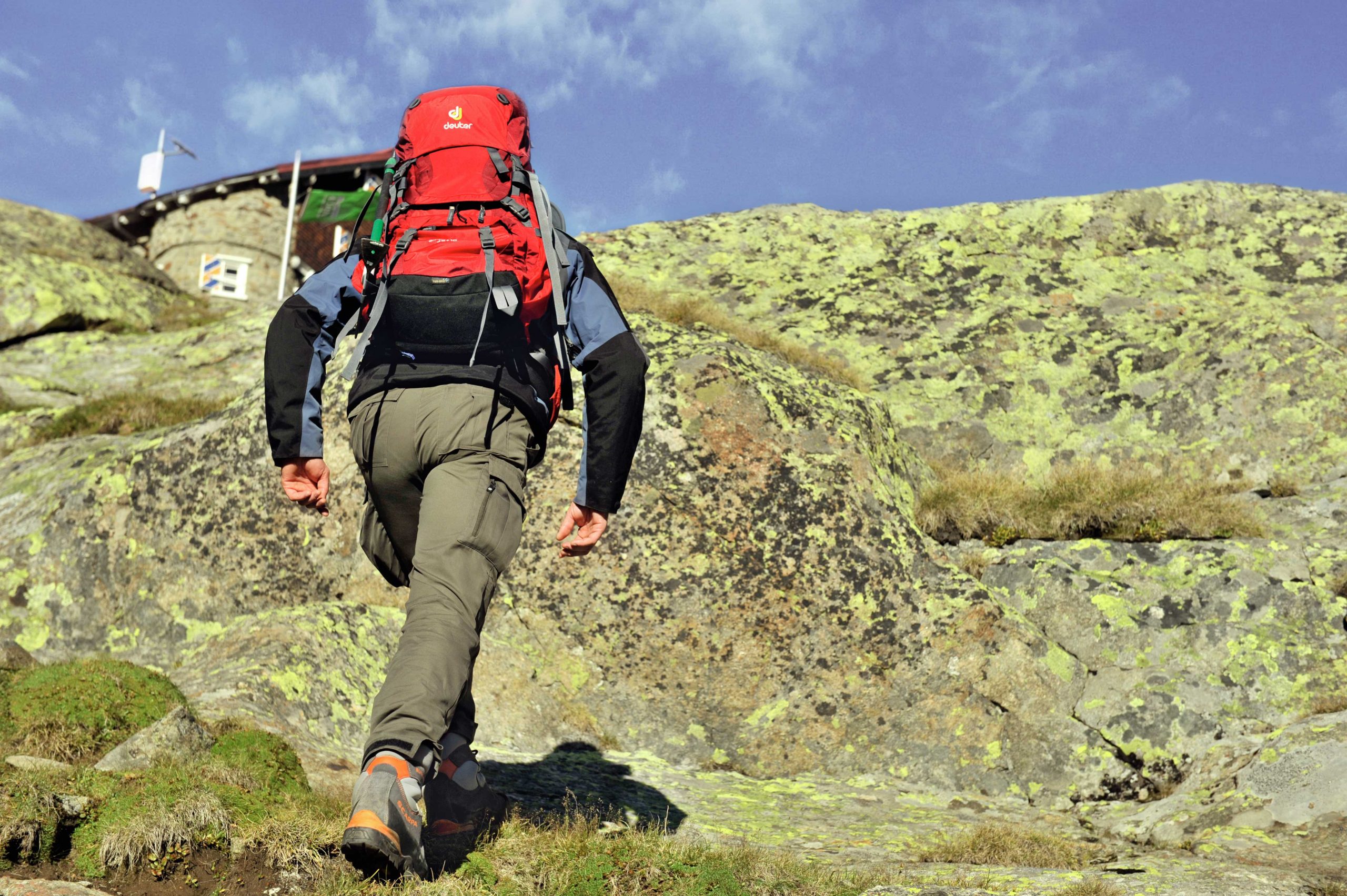* * * *

* * * *
My last post – on hiking the GR 70 in France – talked about my planning for and dreaming about the trip. (Hiking 150 miles on what’s also called the “Robert Louis Stevenson Trail.”)
It also talked of the difference between such dreams and how an adventure really turns out. (“Matching dreams and plans with reality, once you get over there.”) And finally it addressed the question: “Why would anyone in his right mind – especially at age 72 – want to go through such an ordeal?” Taking the last question first: One big reason is “I just love long walks.” I always have, and as a writer do some great thinking whenever I’m “out on the Trail.” And I’m not alone: Everyone “from Beethoven, Goethe, Dickens, Darwin to Steve Jobs took long walks:”
[W]alking holds just some of our attention, leaving a large segment to meander and observe. It’s this doing-something-but-not-really-thinking-about-it aspect of walking that might be most directly behind the ability of a good walk to stir up creative, new ideas.
Other reasons – with more detail in the Notes: Long walks help you become more creative, healthier and productive. (Not to mention “following in the footsteps of giants.”) Also in my case, long walks are a great way to get to know some intimate nooks and crannies of cities like Paris and Lyon. I’ll get to Lyon in the next post, but this one’s about hiking adventures in Paris.
In Paris I did a lot of meandering and observing, but first had to get over there. Which meant another red-eye flight from Atlanta, leaving at 6:30 Sunday evening and getting to Paris the next morning at 9:15. I guessed later that I got maybe 30 or 40 minutes real sleep the whole night. Mostly I watched a lot of old movies. The one I remember most was “Rocky Horror Picture Show,” mostly because I like the music. But on arrival I knew what to do. I’d made the same trip in 2021: From De Gaulle airport take the RER Train B to the Gare du Nord.
Which brings up navigating in a strange city. In my overseas trips so far I’ve relied on local “free” WiFi. There are portable hotspots you can use for European internet service, but they were something like $300 for 30 days the last time I checked. Instead, before leaving home I printed out Google maps of the route I was to take, from the train station to my hotel. I also wrote out and printed out written instructions, which were pretty clear. Up to a point.
I’d booked a place on Rue Sedaine, two miles southwest of the station. To get there (I wrote) “get on the Bd. de Magenta, which leads to the Place de la Republique.” On the other side of “Republique” the streets split, but I would get on the Bd. Voltaire. A little bit further down, once I saw the “Maze le Garage Electrique,” I’d know Rue Sedaine was coming up. And at the corner of Rue Sedaine I’d see a bar, “Le coup d’oeil,’ and turn right. So far so good.
The walk was pleasant, even carrying a 20-pound pack. I stopped just the other side of the Place de la Republique, at a Starbucks of all places. To rest, regroup, admire the passing scenery and ease into this strange new place with a little touch of home. Then, hiking further on, I discovered a quirk in my plans. After hiking what I reckoned to be about a mile and a half, right by the Stellar Restaurant Ephemera, the streets split. I stayed on the sidewalk I’d been hiking on.
And from there, on and on some more. “What was taking so long?” I kept thinking, “I should be seeing the Maze le Garage Electrique and Le coup d’oeil any time now.” Finally I tried asking directions from some locals. First a young couple, but they shied away like I was a strange man still grubby from a red-eye flight, or just wanting a hand-out. Then I asked a young Frenchman, sitting on a bench at what turned out to be the “Marche Bastille.” It’s another long, park-like area, like the Place de la Republique, between two busy streets, but skinnier and with more trees.
He was polite, and set me straight. So much for the city’s reputation for being so rude.
I found out later that the long narrow park I’d arrived at is also the site of “one of the biggest markets in Paris, stretching along the Boulevard Richard-Lenoir and across the Place de la Bastille.” As it also turned out, I had just hiked past Rue Sedaine, but on the wrong side. So as it also turns out, back where the streets split I should not have stayed on the same sidewalk I’d been walking on. Instead I should have crossed over, twice, past the “public toilettes” in a center traffic island. That way I’d get back to Boulevard Voltaire. Instead I’d been inadvertently shunted over to Boulevard Richard-Lenoir. And that’s how I discovered the Marche Bastille. What was interesting (to me anyway) was my handwritten route-notes. I later saw that they gave another way of finding the hotel. (And not get too lost.) I wrote that it’s on Rue Sedaine, “between the Marche Bastille Market and the Cemetary ‘Pere Lachaise’ where Jim and Oscar are buried.”
That’s Jim Morrison and Oscar Wilde by the way. In planning my two days in Paris I noted two places I wanted to visit. One was the Basilique du Sacré Cœur de Montmartre, with it’s splendid hilltop view of the whole city. The other was “Pere Lechaise,” resting-ground of a great number of notables, French, American and others. I eventually did make it to that world-famous cemetery, but that’s a story for another time. Meanwhile I had to get to my hotel.
I did get to it, but from the wrong end of Rue Sedaine. And later that day I discovered that the Maze le Garage Electrique and Le coup d’oeil were right where they were supposed to be, on my printed out map. But first I checked in and got Room 14, four floors up from the street. And it was tiny. The twin bed took up half the first part in, and a quarter of the whole apartment. But it was home, and it was in Paris, even though the “WC” was outside, on a stair-landing between my floor and the next one up. With its window right next to my window.
Which made for some interesting listening later on.
I tried to take a nap, but soon heard a lot of hammering and other building sounds from across the alley. Later that night I woke up and looked out the window, to drink in Paris at night. Quiet and peaceful. I looked down to the left, across the alley to a one-floor-down apartment with an unshaded window open to the breeze. The guy who’d been doing all the hammering that morning was on a cot, sound asleep, half-covered with a light blanket, with a bright light off to his right, out of my sight. The whole place had the air of extensive remodeling. Or just being made move-in livable. I felt bad about some things I’d been thinking, earlier, trying to take that nap.
Back to that first-day Monday afternoon in Paris. (After hiking down “the scenic route” from Gare du Nord to my hotel, by way of Marche Bastille, a long narrow park on Boulevard Richard-Lenoir.) The following Wednesday I was scheduled to take an early train down to Lyon, from the Gare de Lyon train station. So that Monday afternoon – after trying to take a cure-jet-lag nap – I took a hike down to Gare de Lyon. I wanted to check mostly on how long it would take to get there. The train was to leave at 9:30 a.m., and I didn’t want any slip-ups.
The hotel had tolerable WiFi, so I could see I should take Avenue Ledru Rollin down the mile to the station. I did, and found the Lyon station. (It’s expansive and hard to miss, plus there were signs on the street.) The route crossed Avenue Daumesnil, so on the way back I stopped at a cute little bistro at the corner of “Daumesnil” and Ledru Rollin, a block up from the station. I had two beers and enjoyed the passing scenery, then on the way back to the hotel stopped at a French mini-mart. I wanted something to get me through the night, in case I woke up early from the jet lag. But the only food I knew what It was was a bag of croutons and some bottled water.
Then I tried taking another nap, starting about 3:30 p.m., and this one worked. Later, despite all the hiking I’d done already that day, I decided to take yet another walk. In part to make sure the Maze le Garage Electrique and Le coup d’oeil were still where they were supposed to be. They were, but then I hiked a bit more up Boulevard Voltaire, to where it split off from Boulevard Richard-Lenoir. (To see what I should have done.) On the way back I stopped off at Le coup d’oeil on the corner of Rue Sedaine, and had one more beer. (After getting to know some unknown-to-most-other-tourist intimate nooks and crannies of Paris.)
And there was (Sunday) evening, and there was (Monday) morning—the first day. My first day in Paris, in September 2023, that is. I’ll cover my second day in Paris in the next post…
* * * *
* * * *
The upper image is courtesy of “The Last Time I Saw Paris” – Image Results. See also The Last Time I Saw Paris – Wikipedia, on the 1954 “Technicolor romantic drama,” set in the city just as World War II was ending, and loosely based on F. Scott Fitzgerald‘s short story ‘Babylon Revisited:'”
The film starred Elizabeth Taylor and Van Johnson in his last role for MGM, with Walter Pidgeon, Donna Reed, Eva Gabor, Kurt Kasznar, George Dolenz, Sandy Descher, Odette, and (a then-unknown) Roger Moore in his Hollywood debut. The film’s title song, by composer Jerome Kern and lyricist Oscar Hammerstein II, was already a classic when the movie was made and inspired the movie’s title.
Re: Doing some good thinking while walking. See The Science of Why You Do Your Best Thinking While Walking, How Walking Enhances Cognitive Performance | Psychology Today, and Why The Greatest Minds Take Long Walks – Canva, source of the quote, “Why everyone from Beethoven, Goethe, Dickens, Darwin to Steve Jobs took long walks and why you should too.” The Psychology Today writer said that “listening to audiobooks and walking is my primary method of learning about the world, specifically business, history, and society.” For myself, when at home I watch educational videos – Wondrium and Crash Courses – while stair-stepping 30 minutes at a time. (With a 30-pound weight vest and 10 pounds of ankle weights.)
Re: Hotspots. The article 6 best portable Wi-Fi hotspots for travelers in 2023 | CNN lists some alternatives, but they’re still pretty expensive, considering the probably add-ons.
Re: Rude Parisians. See Why are people in Paris so rude? – Paris Forum – Tripadvisor. On this trip I found the opposite to be true, as will be detailed in a future post.
The lower image is courtesy of parisinfo.com.
* * * *

